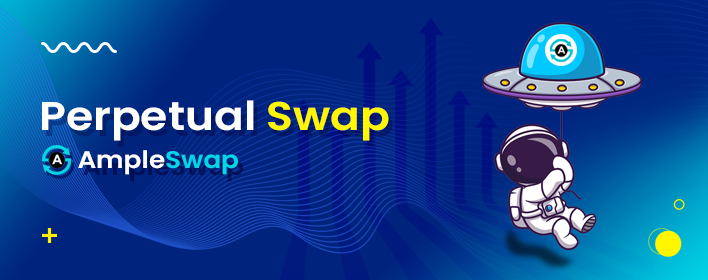
AmpleSwap is the future and baby needs the future!! We’ve been working with ApolloX to bring this new feature to AmpleSwap. Now you are able to trade perpetuals on AmpleSwap! Do not limit yourselves to the present, let’s forecast the future.
Note: Perpetual Swap has a relatively higher risk than Spot Trading. Please DYOR on perpetual tradings other than the guidebook provided by AmpleSwap and know your own risks before you start trading.
A perpetual contract is a special type of futures contract, but unlike the traditional form of futures, it doesn’t have an expiry date. So one can hold a position for as long as they like.
Leverage refers to using borrowed capital to trade cryptocurrencies. It amplifies your buying or selling power so you can trade with more capital than what you currently have in your wallet.
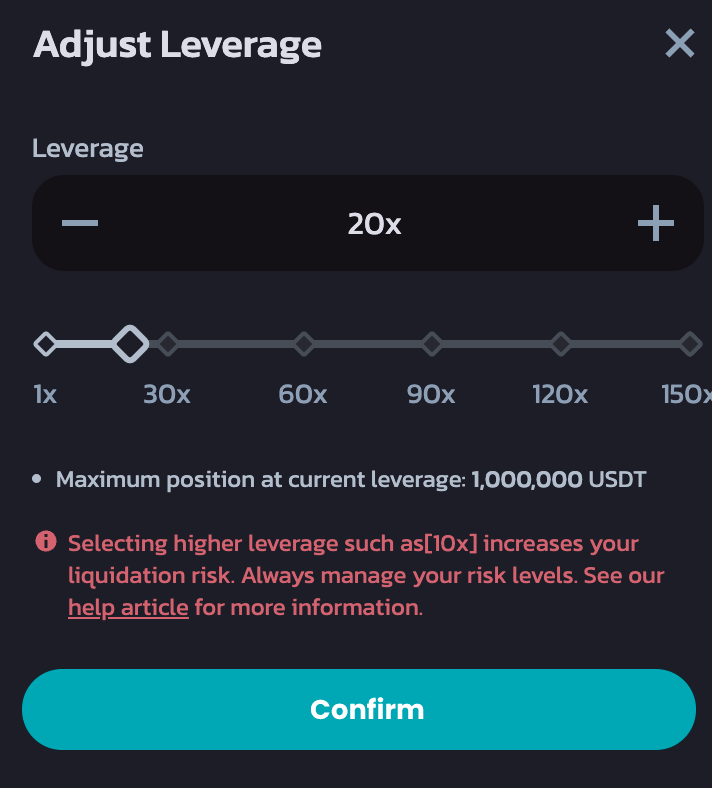
Margin refers to the assets guaranteed for your leveraged position. You can choose between two modes of margin for your best interests:
*Please manage your own risks while choosing Margin Mode.
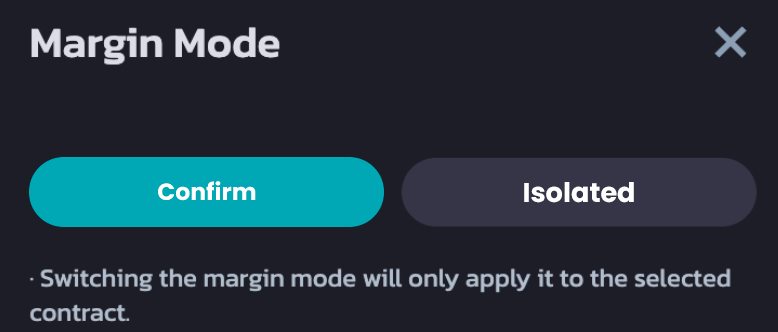
Margin Ratio: Margin Ratio = Maintenance Margin / Margin Balance. Your positions will be liquidated once Margin Ratio reaches 100%.
Maintenance Ratio: Maintenance margin is the minimum amount of collateral you must hold to keep trading positions open. If the value of your collateral falls below the maintenance margin, your futures account may be subject to liquidation.
Margin Balance = Balance in your futures account + Unrealized PNL. Your positions will be liquidated once Margin Balance is less or equal to Maintenance Margin.
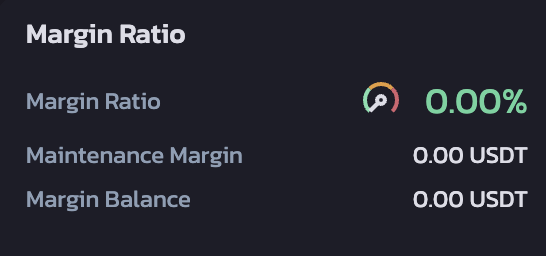
Note: If there are open positions or open orders in USDⓈ-M Futures, Multi-Assets Mode cannot be activated. Multi-Assets Mode only applies to USDⓈ-M Futures. Before activating Multi-Assets Mode, please read the guide in detail to better manage USDⓈ-M Futures account risk accordingly when using Multi-Assets Mode.
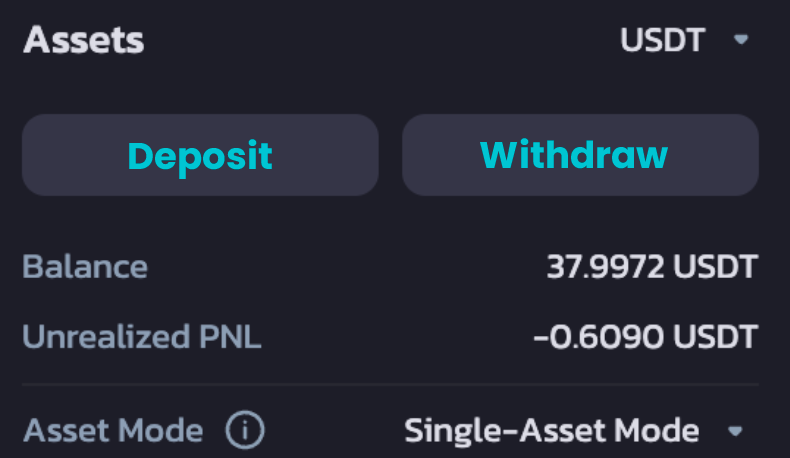
Buy/Long: Open a Long order. In this order you purchase an asset and wait to sell when the price goes up. "Buy" and "long" are used interchangeably.
Sell/Short: Open a Short order. In this order, you borrow an asset, sell it, and hope to buy it back when the price goes down. "Sell" and "short" are used interchangeably.
Limit Order: A limit order is an order to buy or sell at a specific price or better. Limit orders are not guaranteed to execute.
Market Order: A market order is an order to buy or sell at the best available current price. It is executed against the limit orders that were previously placed on the order book. When placing a market order, you will pay fees as a market taker.
Stop Limit Order: The easiest way to understand a stop-limit order is to break it down into stop price, and limit price. The stop price is simply the price that triggers the limit order, and the limit price is the price of the limit order that is triggered. This means that once your stop price has been reached, your limit order will be immediately placed on the order book.
Stop Market Order: Similar to a stop-limit order, a stop market order uses a stop price as a trigger. However, when the stop price is reached, it triggers a market order instead.
Trailing Stop: A trailing stop is an order type designed to lock in profits or limit losses as a trade moves favorably. Trailing stops only move if the price moves favorably. Once it moves to lock in a profit or reduce a loss, it does not move back in the other direction.
Post Only: Post-only Mode means that Traders can only place an Order if it would be posted to the Order Book as a Maker Order. An Order which would be posted as a Taker Order will be rejected. No Market Orders may be placed and no Orders will be filled. Resting orders may be canceled in post-only mode.

Reduce Only: Reduce-Only order will only reduce your position, not increase it.

TIF instructions allow you to specify the amount of time that your orders will remain active before they are executed or expired. You can select one of these options for TIF instructions:
